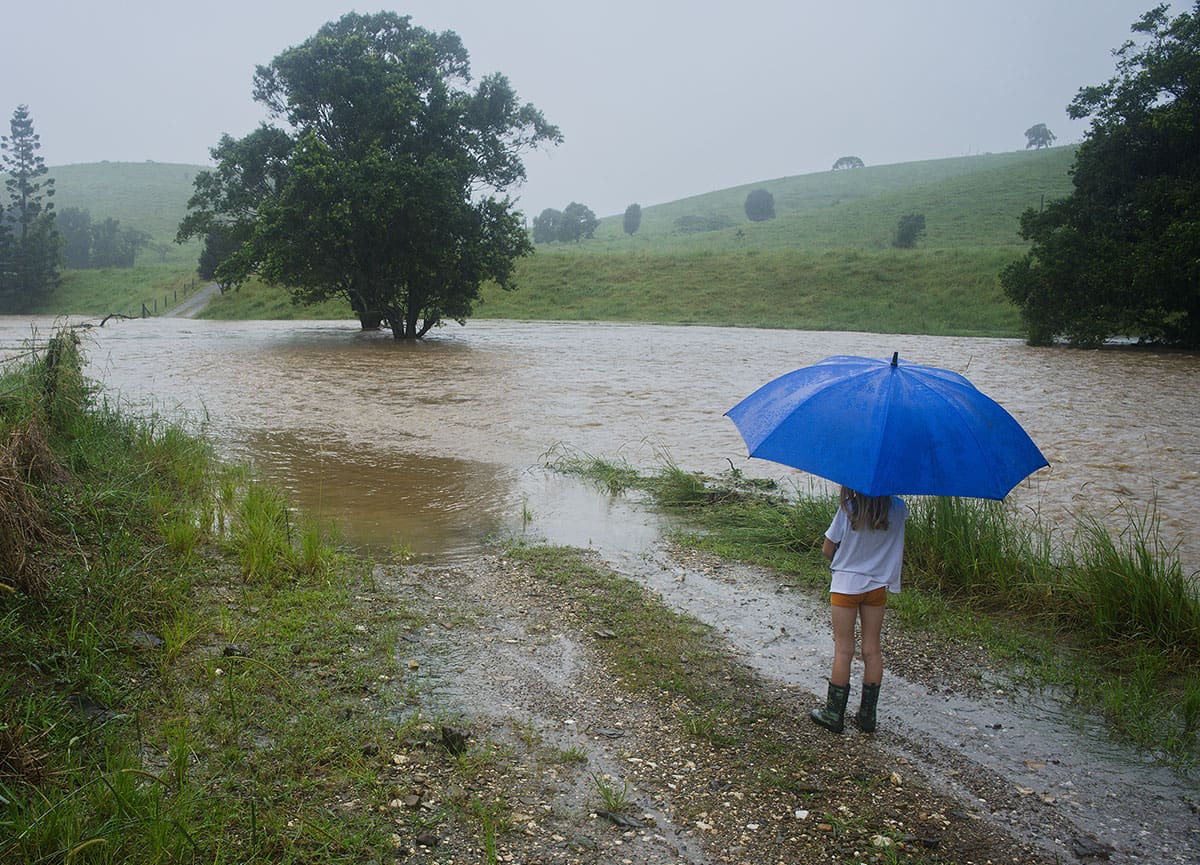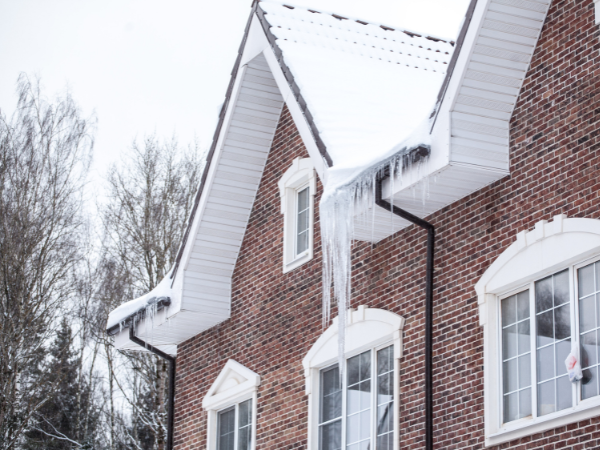Ensure you have what you need
Partner with your insurance advisor to understand what steps you should take and what you would need to have on hand if your property and assets were damaged or destroyed in an extreme weather event. This will help both you and your advisor more quickly and easily navigate the claims process.
Here are some common proactive planning measures that can help ensure you’re prepared should the unexpected happen:
Make a financial emergency kit
For each person in your household, make sure to include all relevant bank account information and financial account contacts. Download any apps to your phone for bills you typically pay online. Store important paper records in a water- and flood-proof safe and use password protection for documents stored on an external flash drive. To stay organized, you can review this kit at the beginning of each new year or around tax time.
Understand your insurance policies
If you own a home or rent, review your coverage with your advisor to make sure you’re properly covered for all residences — including second or third homes. Have your advisor review your insurance policies for all vehicles or watercraft to make sure the policy details meet your family’s needs — including deductibles and asset valuations. Work with your insurance advisor to ensure you understand your policies and that the coverage you have always meets your existing needs.
Keep important documents in a safe, accessible place
After being impacted by a weather event, you’ll need quick and easy access to certain documents. These can include insurance policies, property records (leases, deeds, mortgages), personal records (birth, marriage, divorce, adoption, or death certificates), passports, social security cards, and health insurance cards.
Create a list of important phone numbers
Keep the phone numbers you may need, but don’t usually have to access frequently, in a safe place online that can be easily accessed in the event of an emergency. Numbers to think about adding include insurance companies/claims, medical and healthcare professionals, power company, disaster relief organizations in your area, and family/friends.
Take pictures or videos of all assets
Use a notebook and camera to assess the condition of each item. If your property is impacted by an extreme weather event, take pictures of these same items — this will help during any potential claim process. Each time you make changes to your assets, like upgrading a home or installing a new pool, for example, take photos and record the upgrades. As you prepare for your renewal each year, make this part of your process.
Identify the upgrades you need to make
Do you need a new roof, water sprinkler system, or tankless water heater? Making these types of improvements can help during the underwriting process upon renewal but can also help mitigate the risks in case of an extreme weather event. Learn about the building codes in your area so you can keep your home up to date and protected.
Consider flood insurance — no matter where you live
FEMA says 90% percent of disasters involve flooding and most consumers are not protected from this common hazard — only 4%.
What to do next
To best protect against loss or damage before, during, or after a disaster, work with a trusted insurance advisor. Your advisor can help you understand what you need to do and how best to navigate any potential circumstances — including how to wisely manage the claims process. Our team of private risk management experts is here to help you protect your now and your future.






